Looking for ghosts in Houston, Texas? Try this cluster of haunted parks and haunted cemeteries.
Bear Creek Pioneers Park is a favorite spot for picnics, sports events, and ghost hunting. Its official address is 3535 War Memorial Drive, Houston, Texas. The most convenient entrances are off Patterson Road, between Highway 6 and Eldridge Parkway, or off Clay Road. [Google Maps]
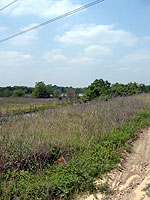
This was the site of a thriving German community in the 19th century, when it was a railroad stop for the MKT line. The nearest town was Addicks, established in 1850 and named after its postmaster, Henry Addicks.
Both Addicks and the Bear Creek community were destroyed in the 1900 flood brought inland by the Galveston hurricane.
Today, the original town of Addicks is covered with water, under the Addicks Dam Reservoir between Patterson Road and I-10. Part of this area is shown in my photo.
You can hike in on a dirt road to see the reservoir, but only posted, private, paved roads lead to the perimeter of it. [Google Maps]
The town was relocated and is a very small suburb of Houston by Highway 6 and I-10, latitude 29.78 & longitude -95.64.
Cemeteries and memorials
In addition to this submerged “ghost town,” there are at least three haunted Houston cemeteries in or near Bear Creek Park, plus a war memorial.
Blue Light Cemetery
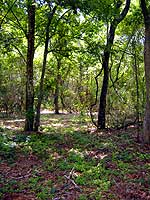
Blue Light Cemetery is the local nickname for Hillendahl Cemetery, also called Hillendahl-Eggling Cemetery. (There is another Hillendahl Cemetery in Houston.)
This small cemetery in Houston’s Bear Creek Park acquired its name because a blue glow seems to emanate from the graves at night.
The effect was more dramatic when the headstones were still there. Many of them were made from Labradorite (Calcium sodium aluminum silicate) which catches light and creates a glow so unique that it’s called “labradorescence.”
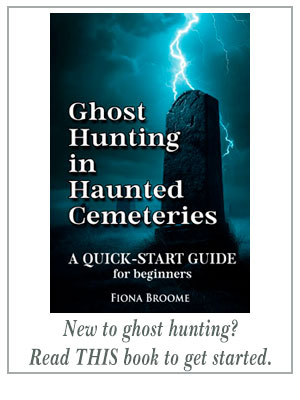 Today, the glow can still be seen on nights when the moon is especially bright.
Today, the glow can still be seen on nights when the moon is especially bright.
It’s probably caused by shards of the broken headstones. Some credit the glow to swamp gas, since this area floods regularly and is very damp.
The cemetery is isolated, near patches of poison ivy, and attracts poisonous snakes. It’s surrounded by a 14′ high Federal fence, due to repeated vandalism and grave robbing.
It’s also been a crime scene, and the victim of Halloween pranks.
Park rangers have done their best to make it difficult to reach this cemetery. Some researchers report that one headstone remains; others say that none are there.
We’ve heard no first-person ghost stories about this Houston cemetery. Its glowing blue lights seem to have brought it to the attention of ghost hunters, without other paranormal activity.
Directions vary. According to some researchers, it’s off a path the starts at Pavilions 9 and 12 and leads SSW. The photo above shows the area you’ll be walking through. It’s fairly marshy in some areas. If you’re using GPS, this is noted as 29 degrees 49’45″N, 95 degrees 39’03″W. [Google Maps]
Harris County War Memorial
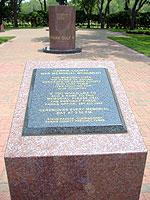
Although this isn’t a cemetery, we’ve noticed that many war memorials – especially those with names on them – are haunted. We notice consistent orbs in our pictures taken near them.
The memorial at Bear Creek Pioneers Park covers a wide, open, paved area. Several monuments list the names of Harris County soldiers who gave their lives in battle.
The memorial is at 3535 War Memorial Drive, just off Eldridge Parkway, and it has its own parking area.
The memorial is next to the park office; night visits aren’t recommended. However, late in the day, it’s a great place to visit, and you may get some orbs around dusk.
The wildlife habitat is in the same area, and features a wide variety of animals. Take some photos of the animals, and then stroll to the War Memorial for more pictures.
Addicks-Bear Creek Methodist Cemetery
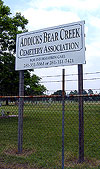
At the corner of Patterson Road and Highway 6 near Bear Creek Park, Addicks – Bear Creek Cemetery is a 20th century cemetery. It was moved there after repeated flooding in the town of Addicks, including the Galveston flood of 1900 which destroyed the town.
The cemetery is relatively new, and actively in use. It’s on a busy street, and padlocked to prevent visitors. However, the parking lot is not posted, and you can probably take photos through the chain link fence.
This cemetery has no ghost stories that we’ve heard about. According to some genealogists, “Blue Light” Cemetery is technically part of Addicks-Bear Creek Methodist Cemetery.
Beeler Family Cemetery
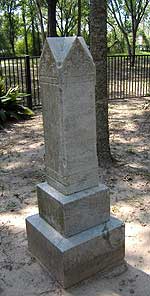
Beeler Family Cemetery is part of Beeler Memorial Park, 1150 Enclave Parkway, Houston, Texas. It was the family cemetery of pioneers James and Amanda Beeler and their descendants, as well as some other pioneer families.
When the cemetery was neglected, Harris County took responsibility for maintaining it.
To visit the cemetery, take Eldridge Parkway south from Patterson Road. After I-10 and Memorial Drive, look for Enclave Parkway on the left. (There is a traffic light with a protected left turn.)
Shortly after turning onto Enclave Pkwy, look for the Pocket Park sign on your right.
Turn right immediately after it; it will look like a driveway, and there is room for about four or five cars in the small parking area. The cemetery is surrounded by a black metal fence in a wooded area.
If you drive past Cabot Oil & Gas Corporation on the right, you’ve gone too far.
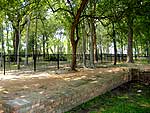
If you approach from Briar Forest, take Enclave Parkway almost to where it intersects Eldridge. Look for Cabot Oil & Gas on your left. Turn left at the driveway immediately after Cabot’s sign. [Google Maps]
We’ve heard no ghost stories related to this cemetery, but have found considerable evidence of hauntings.
For additional reading: (links take you to other websites)
Addicks-Bear Creek Methodist Cemetery
Bear Creek Blue Light Cemetery (Unexplained Mysteries)
Handbook of Texas Online: Addicks, TX

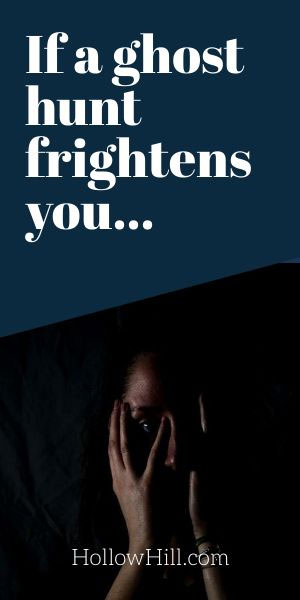 Ghosts aren’t likely to follow you home. Ghosts haunt a location, particularly
Ghosts aren’t likely to follow you home. Ghosts haunt a location, particularly  Ghost hunting is fun. For people like me, it’s fascinating to encounter ghostly manifestations.
Ghost hunting is fun. For people like me, it’s fascinating to encounter ghostly manifestations.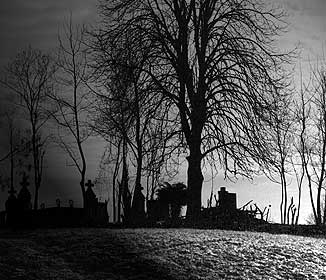
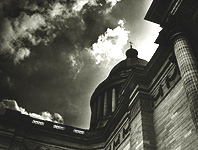 Here’s some advice before you ghost hunt in an apparently deserted or empty building.
Here’s some advice before you ghost hunt in an apparently deserted or empty building. As I write this, it is December (2005), a time of year when many people start hearing “ghostly noises” in their homes.
As I write this, it is December (2005), a time of year when many people start hearing “ghostly noises” in their homes.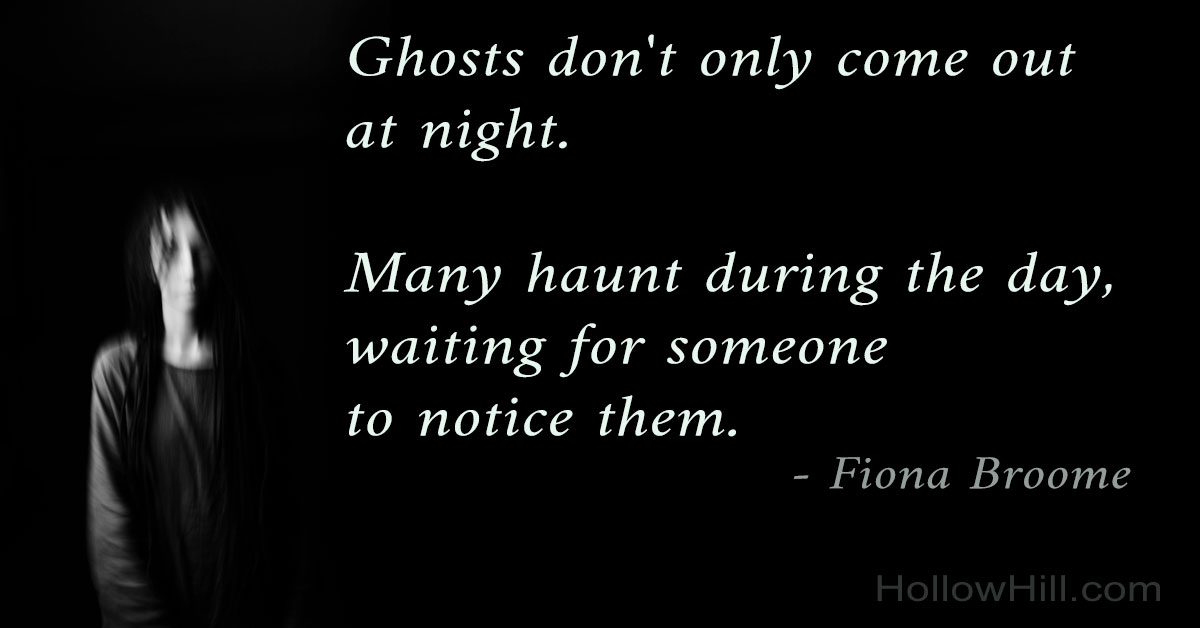

 Look for locations with a long history of power struggles or violence. Battlefields are a good example. (Gilson Road Cemetery in Nashua, NH, was the site of multiple Native American wars, as well as violent clashes with colonists.)
Look for locations with a long history of power struggles or violence. Battlefields are a good example. (Gilson Road Cemetery in Nashua, NH, was the site of multiple Native American wars, as well as violent clashes with colonists.)